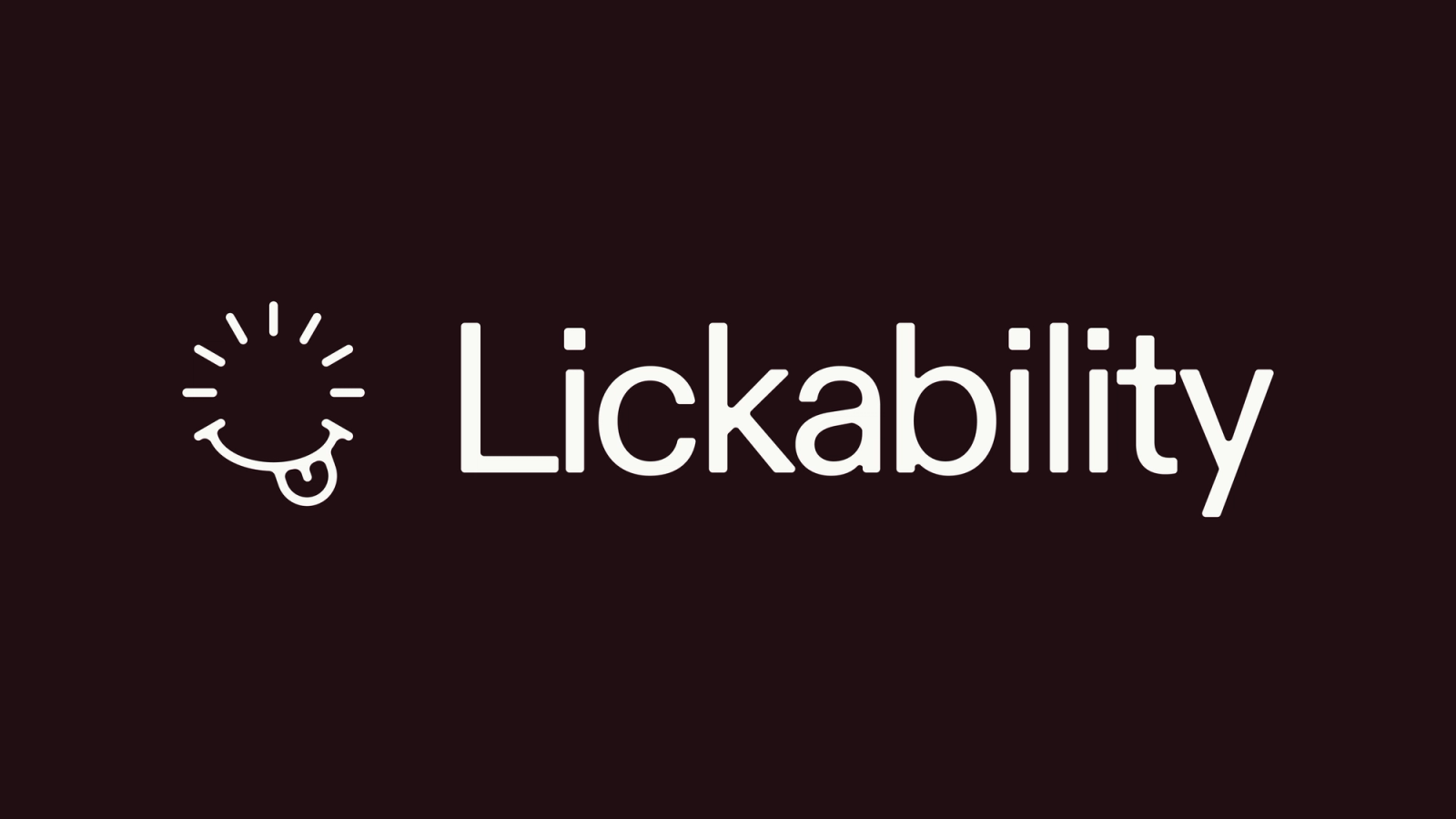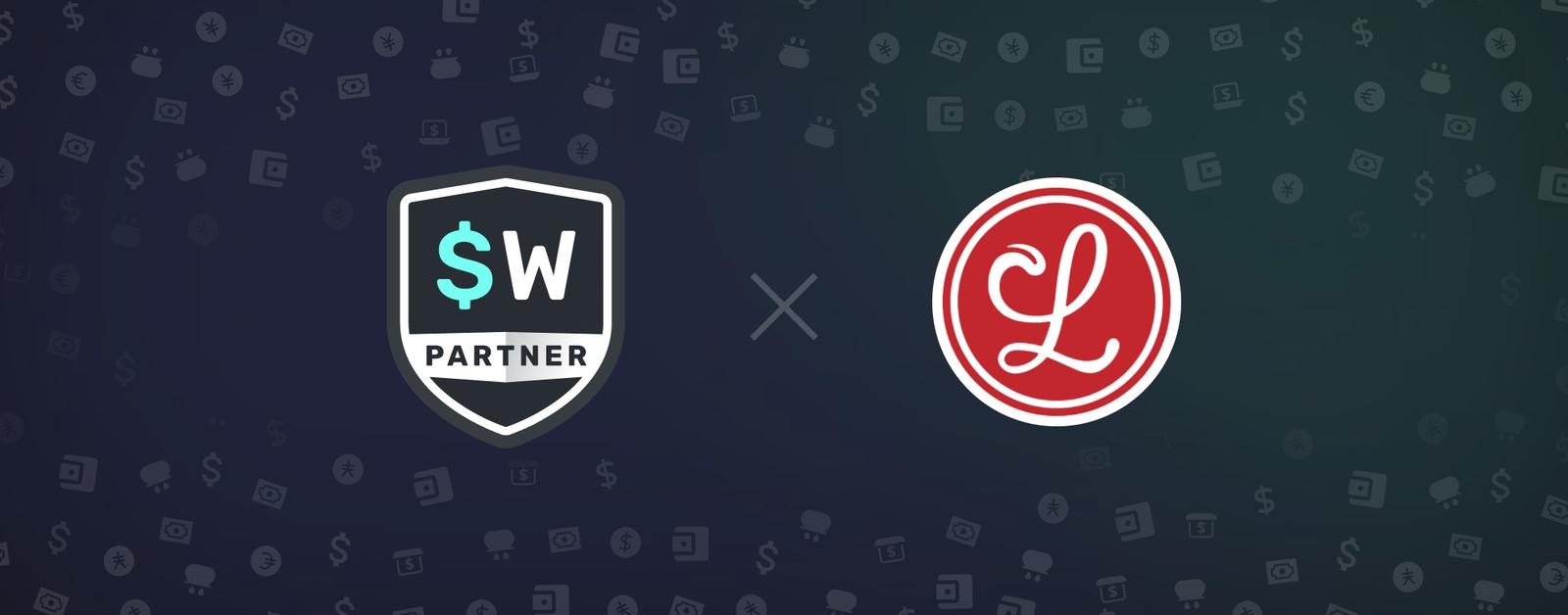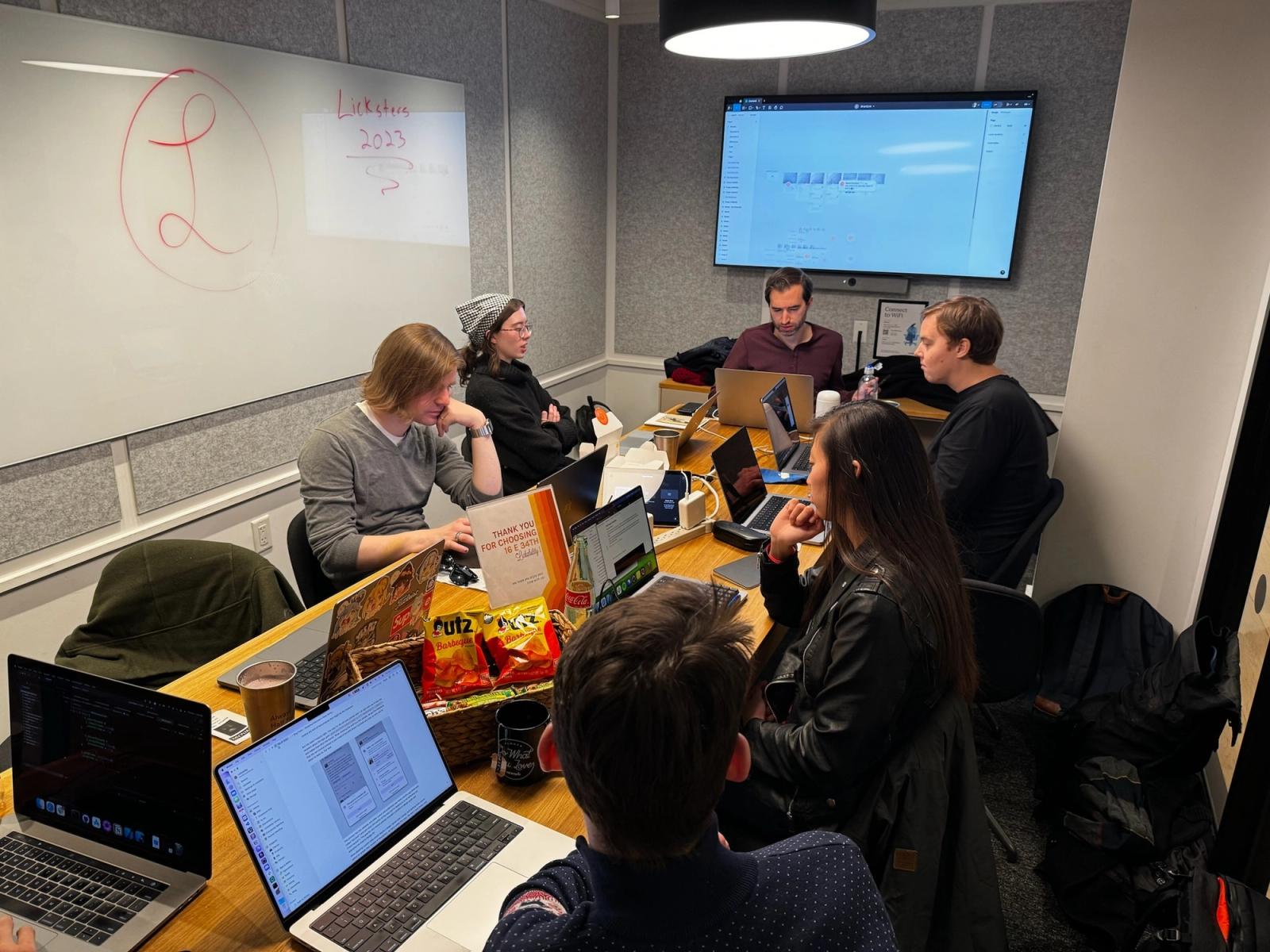Our first retreat
Here's how it went

Lickability has been fully remote for a while—we started (temporarily, we thought) working from home in 2020, which turned into us officially shutting down our office last September and making our first remote hire sometime later.
Being a remote company certainly has its benefits, but it also has tradeoffs—namely, the fact that we don’t get to see each other in person very often anymore. When we shut down the office, we knew we needed a plan to get everyone together a few times a year. A few months ago, we started planning our very first company retreat.
Planning
First, we had to figure out where to host it. This was easy—most of the company is located in or near NYC, and we wanted to keep things relatively simple for our first time. After evaluating a few hotels in the area based on meeting space availability, price, and proximity to things in the area, we landed on the Wythe Hotel as the site for our retreat.
Before we could book anything, we also had to decide when and how long the retreat should be. We wanted to have enough time for it to feel meaningful without taking too much time and energy away from anyone. Two to three days felt like the right balance—an evening to check into the hotel and have dinner together, a full day for team activities, and a morning for people to check out of the hotel and spend a bit more time together before heading home.
Once the dates and location were locked down, all that was left to do was plan what was going to happen when we actually got there. Corporate icebreakers have never really been our style, and we didn’t want the retreat to feel like work. But we also don’t have a lot of opportunities to get the whole team together in person, so we wanted to take full advantage of that.
In the end, we decided to use one day for work-related team activities—like a hackathon—and one day to get out of the hotel for some fun stuff. After throwing in a few dinner reservations and making sure all necessary travel was booked, we were ready to go.
How it went
After months of planning, it was cool to see everything finally come together as people started checking into the hotel Wednesday night. After everyone got settled, dinner at the hotel restaurant was the first thing on our agenda.

Some of us met up in one of our hotel rooms before dinner!
On Thursday, we booked the Cooper Room at the Wythe for the full day—it’s a cozy cellar space with plenty of room for team activities over brunch (which was delicious, by the way).

Our brunch buffet
After a great Learn with Lickability presentation from Brian, Ken, and Michael Liberatore in the morning, the engineers split into groups for a hackathon while the rest of us did some brainstorming for future product ideas. These are the kinds of activities that work best if you can get everyone together in person—having the ability to work side-by-side and bounce ideas off of each other is fun, and definitely helps facilitate creativity.


A very fun & busy day
The last day of the retreat, Friday, was our “fun stuff” day. After checking out of the hotel in the morning, we met up at Sip & Play, a board game cafe. Many rounds of games later, about half the team got together for our last event: Beat the Bomb, a very competitive, fun, and messy escape room.


The winners vs. the losers
What we learned
I think it’s safe to say the first Lickability retreat was a success! It was great to get everyone together in person after being remote for two years—and if the post-retreat survey we sent out is any indication, everyone seemed to have a fun time.
Now that we’ve been through it once, it’ll be a bit easier to plan the next one. We’ll have a better sense of what types of activities people like, what the schedule should look like, and where we could have been a little more efficient.


Our morning at Sip & Play
On the other hand, there’s still lots to experiment with: we need to figure out how often we want to have retreats, how long they should be, and where we should hold them. We don’t want to do the same thing every time, but we also don’t want to take huge risks—there’s always a balance.
I think I can speak for the rest of the company when I say I’m really looking forward to our next company retreat, whatever it ends up looking like. It can sometimes be rough not getting to see your coworkers very often, but having an excuse to plan a few days of fun together definitely makes up for it. Here’s hoping there are many more retreats in our future!
(As for making the switch to working remotely, that’s still going really well—and we’ll talk more about it in a future blog post. 😉)


